How to Make Your House Feel at Home Where It Is
http://decor-ideas.org 09/10/2014 04:15 Decor Ideas
We often see architectural designs that don’t seem to fit in with their surroundings. Following design clues from the environment is a good way to avoid that. Considering the scale, materials, proportion and siting of your house are just a few ways to design with sensitivity.
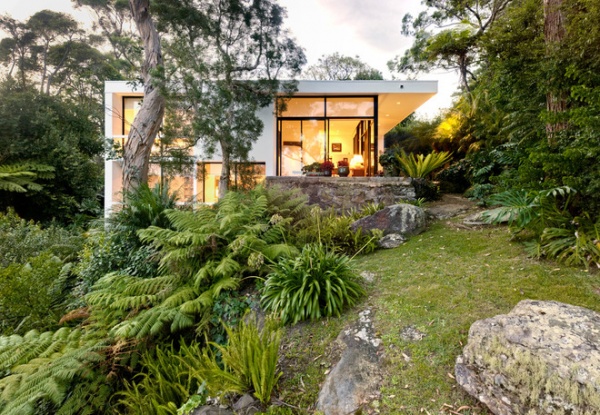
Let Your Landscape Guide You
Design around what Mother Nature has given you, rather than try to fight it. It may cost you less and give you some clues on how to plan your spaces.
Read more about homes on the edge of nature
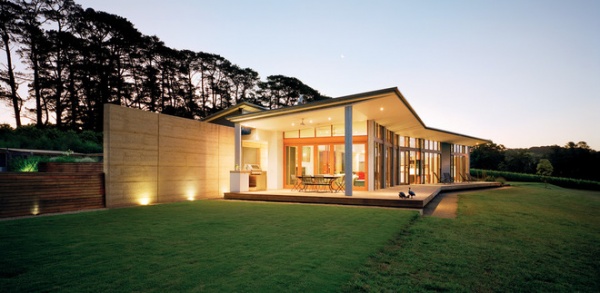
Think about the backdrop and slope of the land. Designs that join foreground and background work well in perspective and scale.
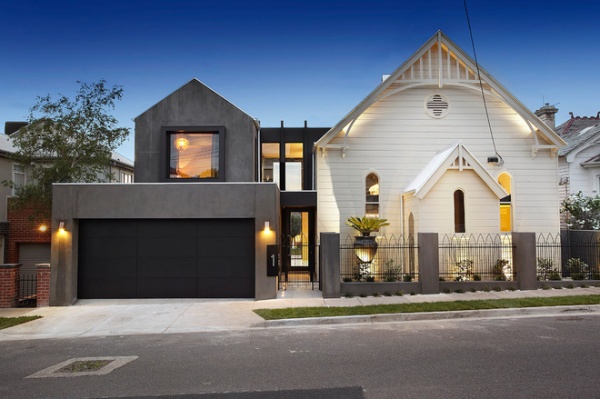
Consider the vernacular shapes and proportions of existing buildings onsite, and complement these without mimicking the style.
See more of this modern converted church
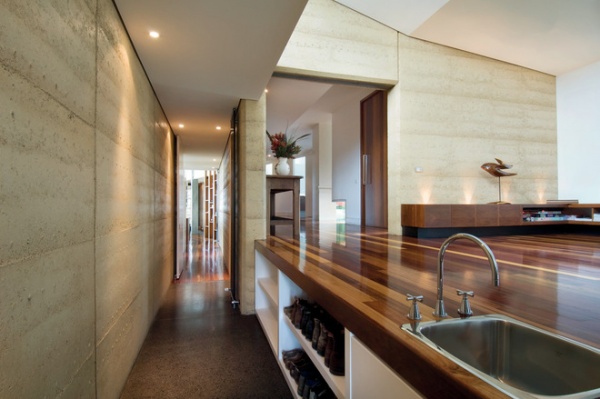
Source Local, Natural Materials
Mihaly Slocombe’s Hill House, seen here, displays a beautiful palette of natural materials, including rammed earth and rich wood, which complement the rural landscape that surrounds the home.
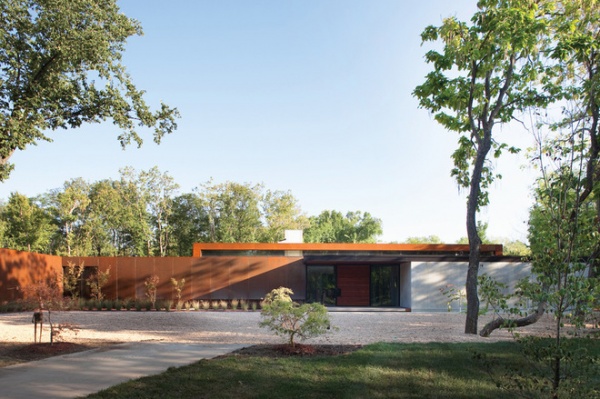
Using materials that weather, often to what is called a patina, will allow your design to fit into its natural environment. Steel panels on this Missouri home were left untreated to weather to a warm rust.
See more on this design
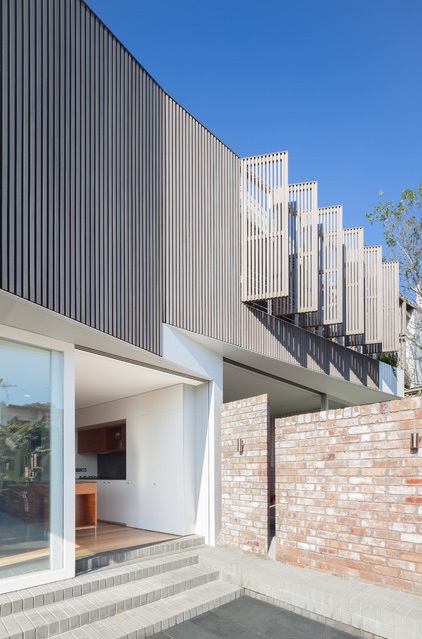
Wood and metal are great materials to allow to patinate. Trying to maintain the original appearance of a natural material is high maintenance and costly, so embrace the patina early on and learn to love the natural evolution of your material palette.
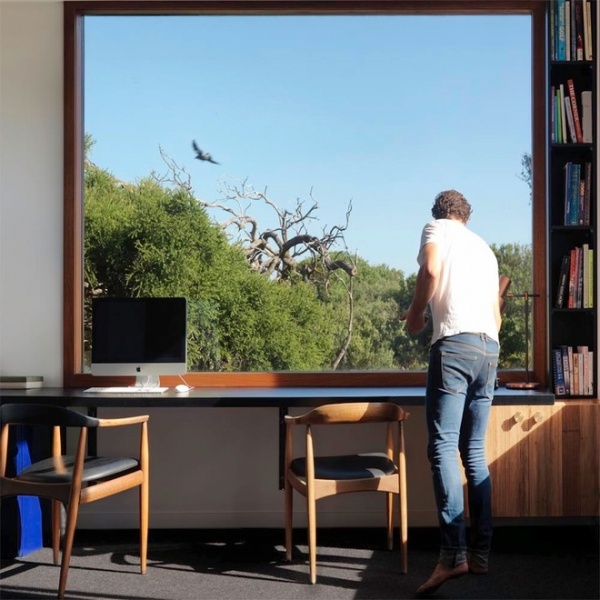
Bring Nature Inside
Nothing brings nature into a room more than a large window. Apart from brightening the interior, framing windows and views gives you animated art.
See views from this home in Australia
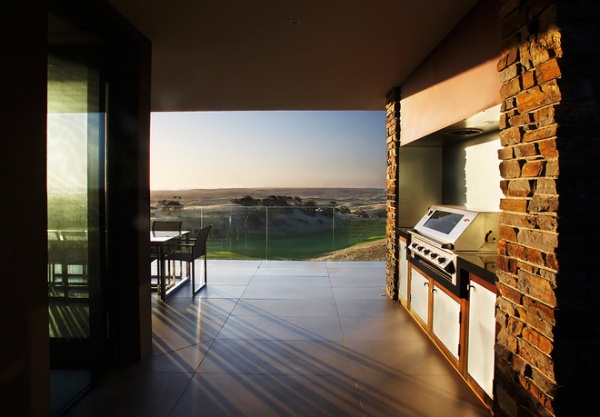
Framing views is an effective way to decorate and connect to the land. Carefully consider your views, regarding the sun and wet-weather orientation.
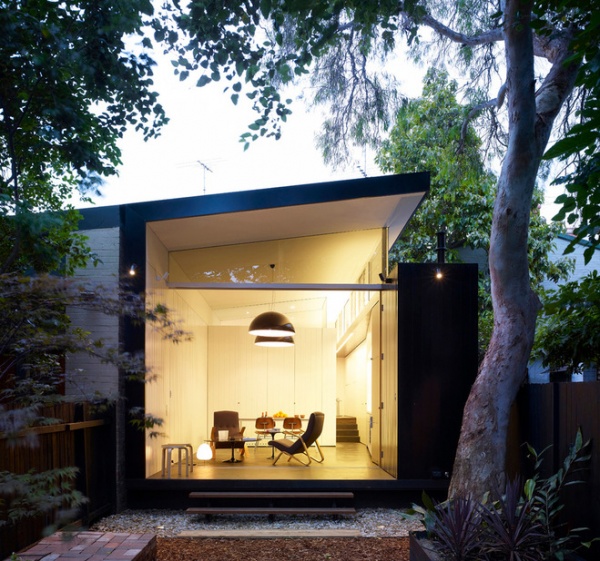
Similarly, frame your home using both hard and soft landscaping. The landscape will transform contemporary forms into a gentle, sensitive home.
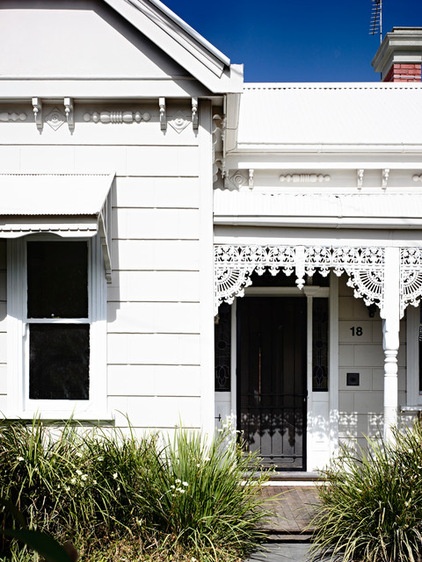
Play It Smart With Pattern
Patterns are found in most of our environments. It’s just a matter of taking advantage of these patterns in an intelligent way. Wolveridge Architects did this beautifully in this early-20th-century residence in Australia.
Wolveridge drew on the vernacular patterns of a weatherboard house and used the same pattern on a rear addition in a contrasting tone (next photo).
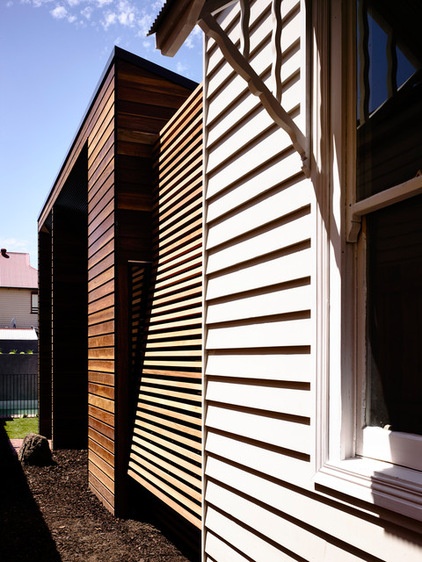
The addition is sympathetic to the existing building without replicating the older style.
More: Finding the Perfect Home for a New House
Related Articles Recommended












